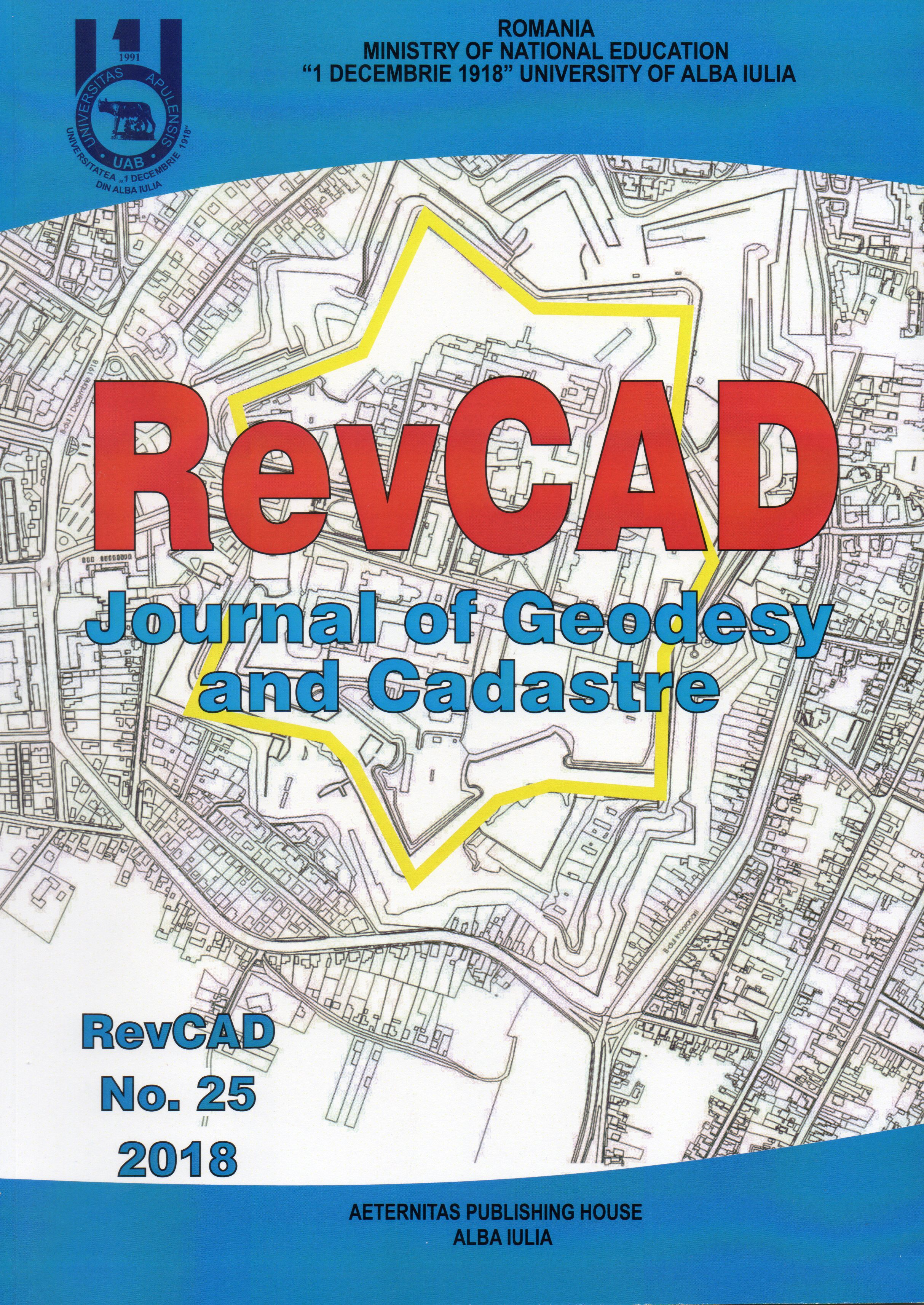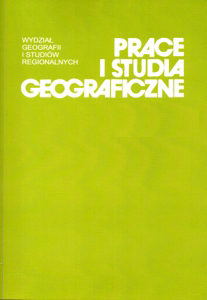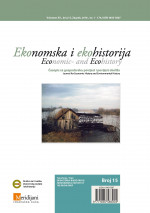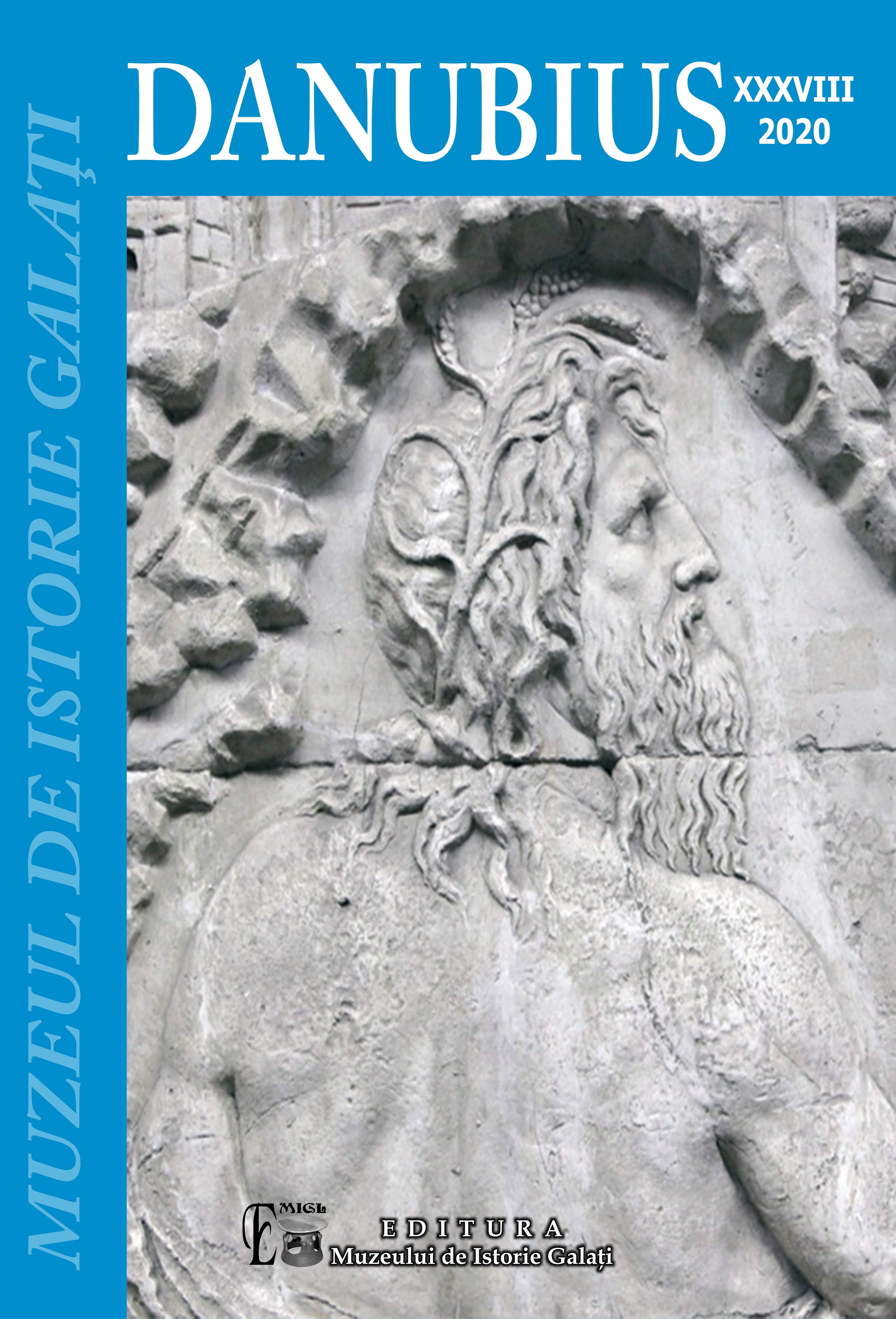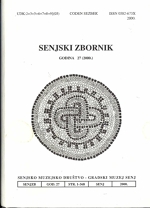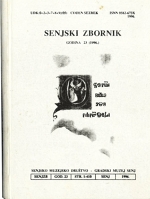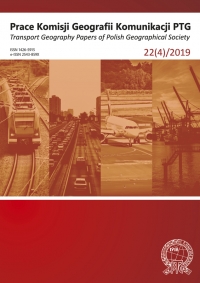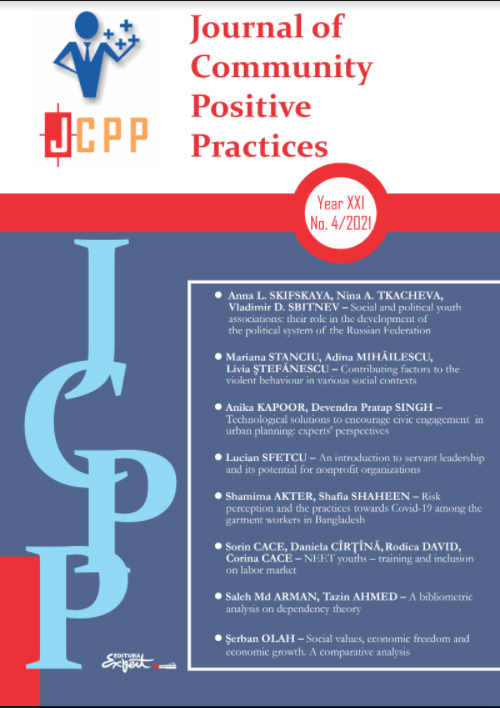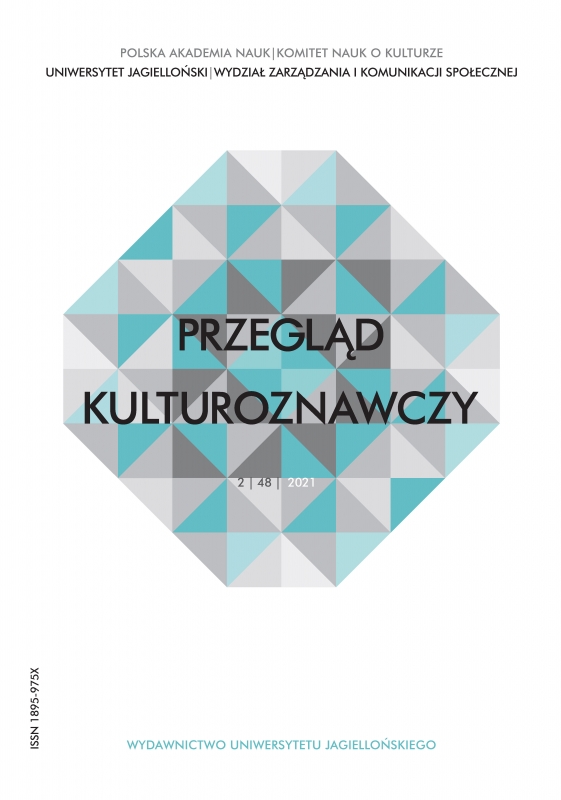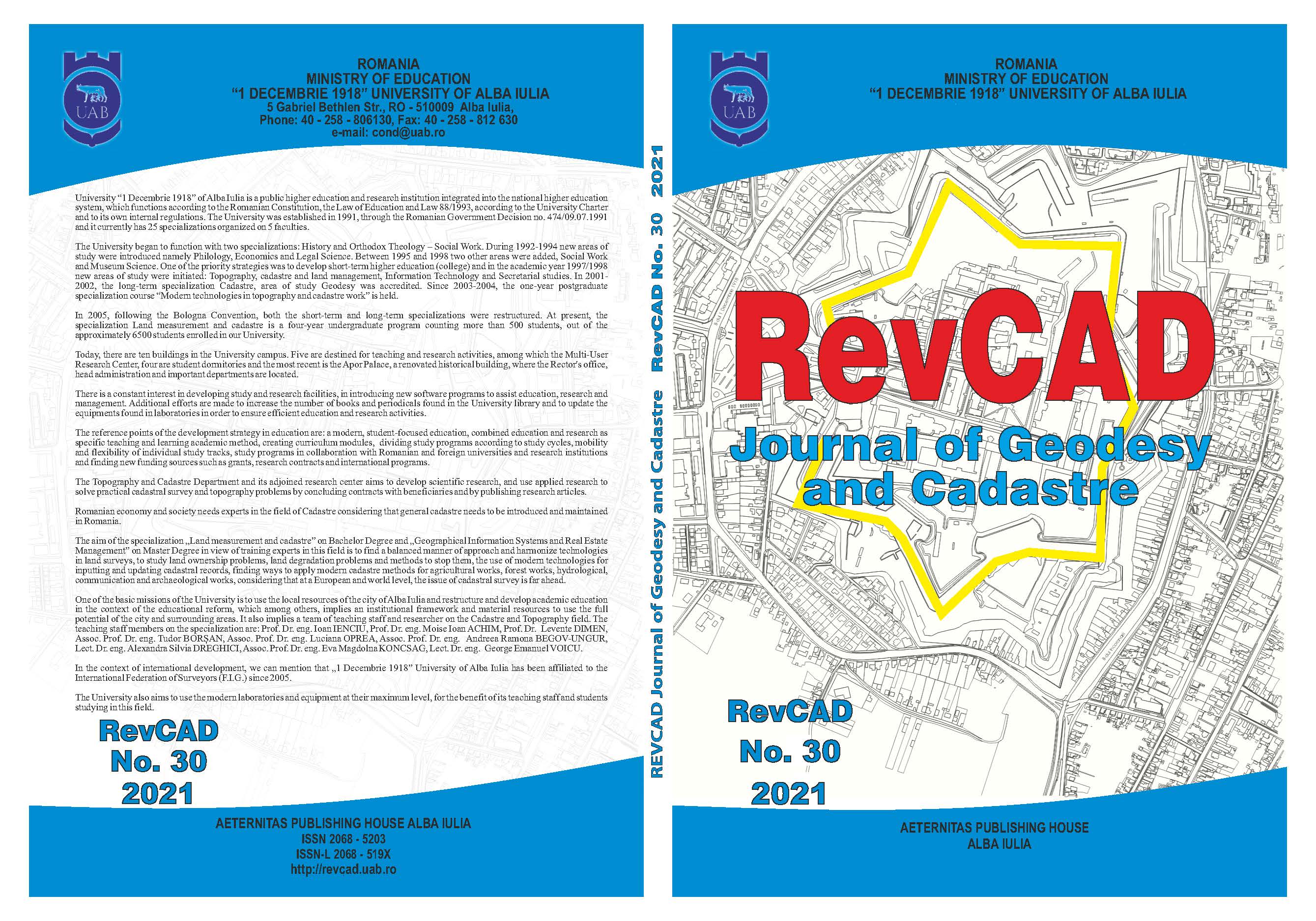Author(s): Marijus Pileckas,Tauras Alekna,Vaidotas Valskys / Language(s): Lithuanian
Issue: -/2021
Bathymetric surveys of Gelionys and Žaliasis Lakes (located in the Baltic Uplands, Aukštadvaris Regional Park, Lithuania) were carried out on April 21, 2020, from a boat with attached Lowrance HDI SKIMMER XDCR transducer (200 kHz), Simrad GO5 chartplotter and Lowrance Point-1 GPS/Glonass receiver. At the same time, the shorelines of the lakes were revised. Average distance between profiles was ~10 m and depth measurement accuracy up to 2–5 cm. Accuracy of water surface elevation measurement using GNSS receiver Topcon Hiper SR up to 1–2 cm. Later, detailed (0.5 × 0.5 m) digital lake bottom models (DEM) were developed, bathymetric plans of the lakes were created, the main morphometric features were calculated, the boundaries and area of the lake catchments were defined, and the physical-geographical characteristics of the lakes were described based on field observations and various data. Gelionys and Žaliasis are small lakes of glaciokarst origin. Gelionys Lake is oval-shaped while shape of Žaliasis Lake is closer to the circle. Despite small surface area the lakes are quite deep. According to survey data, the surface area of Gelionys Lake is 4.79 ha, water surface elevation 216.1 m a.s.l., maximum depth 19.8 m, mean depth 6.0 m, volume 288.3 thousands m3 , catchment area 71 ha. The surface area of Žaliasis Lake is 2.14 ha, water surface elevation 120.9 m a.s.l., maximum depth 15.84 m, mean depth 5.7 m, volume 122.2 thousands m3 , catchment area 60 ha. During the observation period (from May of 2018 to September of 2020), the annual amplitude of water level fluctuations in Gelionys Lake reached up to 0.47 m, and in Žaliasis Lake up to 0.33 m.
More...
